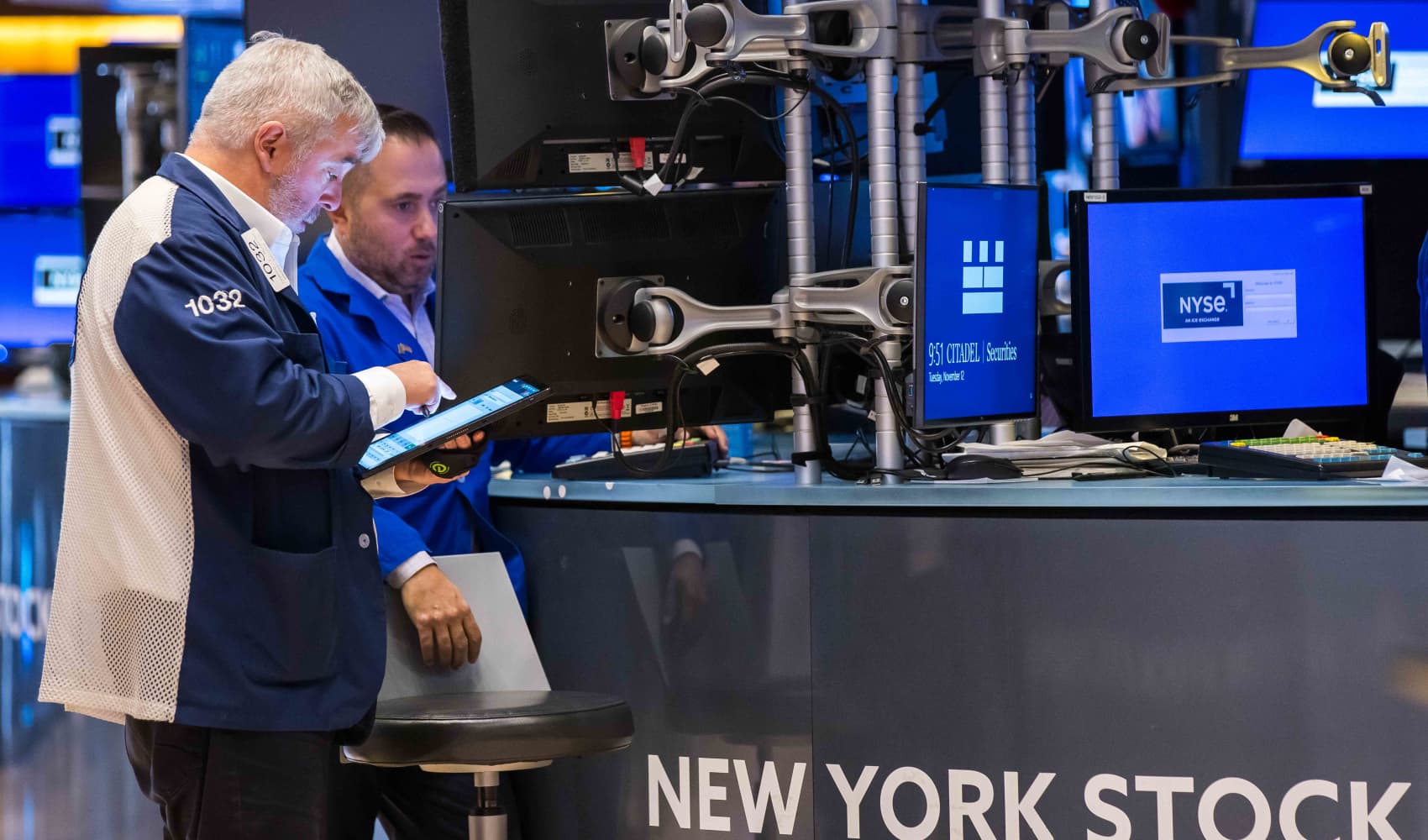
What to Know
- Cocoa futures hit a 44-year high, surging to $3,786 per metric ton on Monday, as hotter, drier weather patterns stunt the growth of the cacao bean crop.
- The warmer, less humid climate in cocoa-growing regions is partially due to the naturally occurring El Niño weather phenomenon, which is estimated to last through the first half of 2024.
- The global cocoa shortage could make chocolate more expensive this Halloween season.
Cocoa, a vital ingredient for chocolate, is more expensive than its been in decades, as hotter and drier weather patterns stunt the cacao bean crop's growth.
Cocoa futures surged to $3,786 per metric ton on Monday, the highest since 1979.
The peak comes as the cacao bean, which is roasted to make cocoa, struggles through a warmer farming season with less rainfall, especially in West Africa where much of the world's cacao is produced. According to David Branch, an analyst at Wells Fargo's Agri-Food Institute, the Ivory Coast, Ghana, Cameroon and Nigeria account for nearly 75 percent of the global cocoa bean harvest.
Cacao is a precarious crop and tends to thrive in consistent temperatures, high humidity, abundant rain, nitrogen-rich soil and protection from wind, said Branch. Many of those weather conditions have been absent this season, disrupting the cacao harvest.
"There is not much room for error, which makes cocoa especially vulnerable to climate change," said Branch.
The heat and dryness threatening major cocoa-growing regions are partially a product of El Niño, a naturally occurring weather phenomenon that is estimated to last through the first half of 2024. This is the second season in a row that there has been a cocoa deficit.
Money Report
Coupled with an already pressured sugar market, the cocoa shortage has spooked major chocolate makers, sending prices of classic candies higher this Halloween season.
The price of candy in September was 7.5 percent higher than a year ago, according to the most recent Consumer Price Index. A 2023 survey by the National Retail Federation found that consumers will likely spend $3.6 billion on candy this Halloween, up from $3.1 billion in 2022.
Feeling out of the loop? We'll catch you up on the Chicago news you need to know. Sign up for the weekly Chicago Catch-Up newsletter.
Candy maker Mars told CNBC in a statement, "Like many industries, we continue to face high inflation and spikes in material costs; however, we work to absorb these extra costs wherever possible to provide affordable treats and the best value. We have not implemented any price increases since June and those were in line with category."
Specialty chocolatiers have so far been immune to the elevated cocoa prices. Greg D'Alesandre, who leads chocolate sourcing for specialty brand Dandelion Chocolate, said its prices are protected from industry-wide volatility because the company pays a premium for high-end cocoa suppliers. Dandelion pays nearly $7,000 per metric ton of cocoa, almost double the commodity price.
"We pay good prices and the people we work with pay good prices so even during shortages, they have access to the best beans," D'Alesandre said.
Still, D'Alesandre said that Dandelion might feel the "ripple effects" of the cocoa shortage sometime next year. He explained that sometimes, an intermediary will take advantage of short cocoa supply by buying out specialty farmers and maximizing production rather than quality.
That would make it harder and potentially costlier for Dandelion to secure its premium beans.
A bad cocoa-growing season makes Halloween chocolate not only more expensive — sometimes, it also makes it smaller.
"In your Halloween bags, you used to get a full-size KitKat. Now you only get like one of the bars or a half of one of the bars," said D'Alesandre.
"Instead of prices going up, sometimes sizes go down, which is very disappointing to children worldwide."






